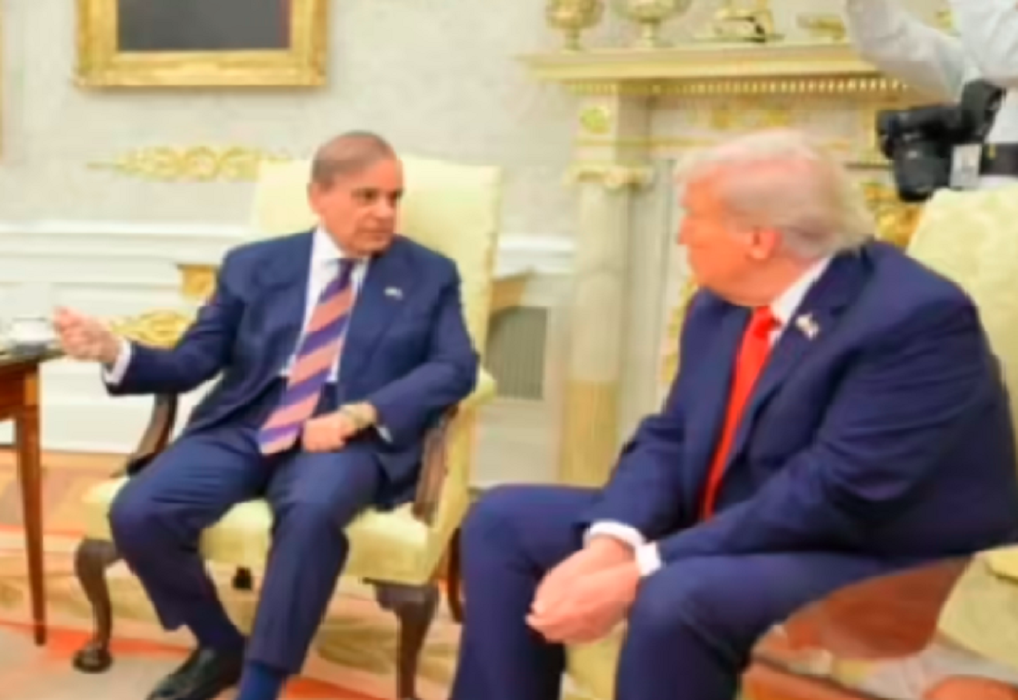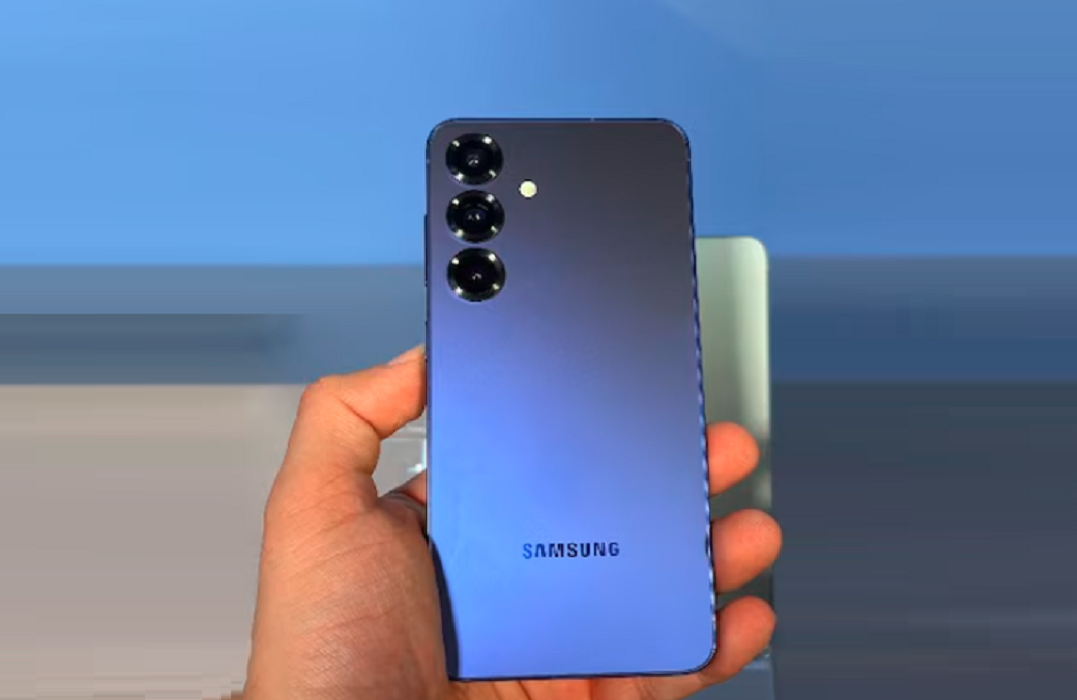Trump Makes Diplomatic Pivot: Welcomes Pakistan Leaders at White House Amid Strategic Reset

In a striking diplomatic shift, U.S. President Donald Trump hosted Pakistan’s Prime Minister Shahbaz Sharif and Army Chief Asim Munir at the White House, signaling what analysts call the biggest U.S. tilt toward Pakistan since 1971. The meeting, lasting around 80 minutes, marked a dramatic turn from Trump’s previous rhetoric, which often accused Pakistan of harboring terrorists.
The Oval Office session featured an uncharacteristically warm welcome. Photographs released by the Pakistani government show the trio posing in the White House, with Trump flashing a thumbs-up and reportedly joking with aides. While no official joint readout or press briefing followed, the optics were carefully managed: Trump donned a fighter jet pin alongside the U.S. flag, a move some observers interpreted as acknowledging Pakistan’s military interests.
Several Pakistan-aligned media outlets offered rhetorical flourishes, claiming the U.S. has lavished praise on “Field Marshal” Munir, who is viewed by many as the country’s actual power center. For his part, Trump remained noncommittal in public remarks, though his aides reportedly engaged in organization-level discussions after the private meeting.
Observers interpreted the visit as more than ceremonial. Analysts suggest Washington is eyeing Pakistan’s strategic position—particularly its logistics and influence in South Asia—as leverage in its broader foreign policy realignment. The meeting also follows Trump’s earlier hosting of Turkish President Erdogan, underlining a renewed push by the United States to expand influence across key regional allies.
Domestically, reactions in Pakistan have been mixed. Supporters hailed the visit as a validation of the country’s diplomatic resurgence after years of strained relations with the U.S. Critics, however, accused the military and government of cozying up to Washington without transparency or public accountability.
In the U.S., some analysts noted the absence of diplomatic protocols: neither side issued a formal statement, raising questions about the meeting’s substance. Others believe the shift reflects a transactional U.S. approach, where optics and strategic convenience outweigh long-term consistency.
This latest outreach underscores evolving priorities in U.S. foreign policy. Whether this tilt endures or proves symbolic will depend on follow-up actions, policy agreements, and geopolitical developments in South Asia and beyond.












